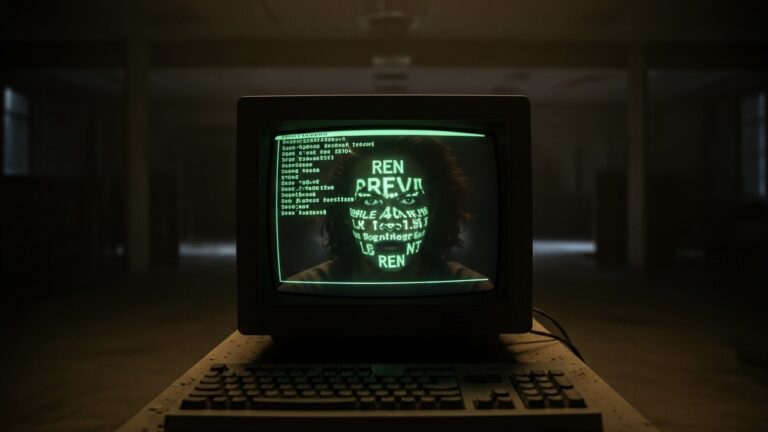
Multi-agent AI represents a new paradigm: one where creativity, reliability, and collaboration converge. These systems do not replace human imagination; they expand it, enabling us to tackle ambitious projects with confidence.
Agentic AI for Creative and Complex Work
As multi-agent AI systems mature, we begin to see patterns that point toward the future of computational creativity. Orchestration, specialization, and constrained collaboration are becoming central principles for building reliable, scalable, and auditable AI workflows.
One clear shift is from thinking of AI as a tool to thinking of AI as a collaborative system. These systems are designed to work alongside humans, handling complexity, scale, and structure while humans provide vision, context, and judgment. AI becomes a partner, amplifying human creativity rather than replacing it.
Scalability is another key advantage. Multi-agent workflows allow organizations to tackle larger projects, generate multiple creative outputs simultaneously, and integrate various modalities — text, images, audio, and structured data. For researchers, artists, and content creators, this means more freedom to experiment, iterate, and refine ideas.
Transparency and accountability are also improving. By embedding validation, provenance tracking, and rule enforcement into the orchestrator, outputs become auditable and explainable. Humans can trace results back to the inputs, constraints, and decisions that produced them. This makes AI systems not only more trustworthy but also more ethically aligned with human values.
Looking ahead, multi-agent AI opens the door to hybrid workflows where humans and machines collaborate seamlessly. Humans provide strategy, judgment, and nuance, while AI handles coordination, iteration, and scaling. Creative projects that once required enormous teams or long timelines can now be managed with smaller groups working alongside sophisticated agentic systems.
In essence, multi-agent AI represents a new paradigm: one where creativity, reliability, and collaboration converge. These systems do not replace human imagination; they expand it, enabling us to tackle ambitious projects with confidence. By understanding the principles of orchestration, specialization, and constrained creativity, we can design AI that is not only powerful and scalable but also aligned with human values, ethics, and artistic vision.





